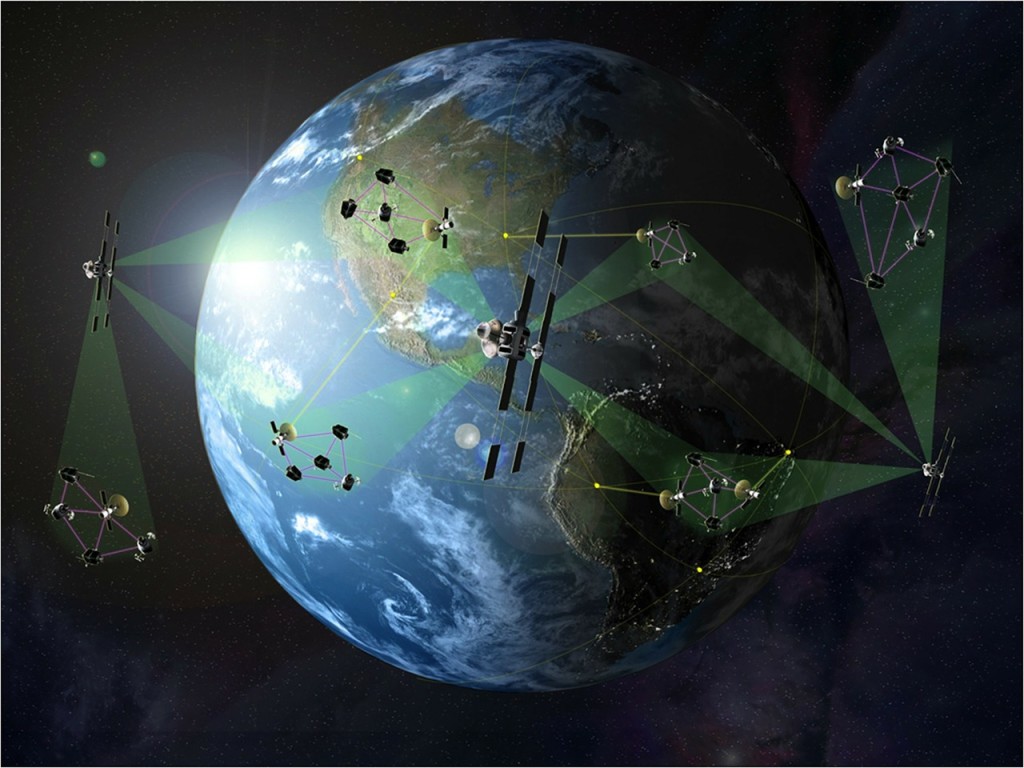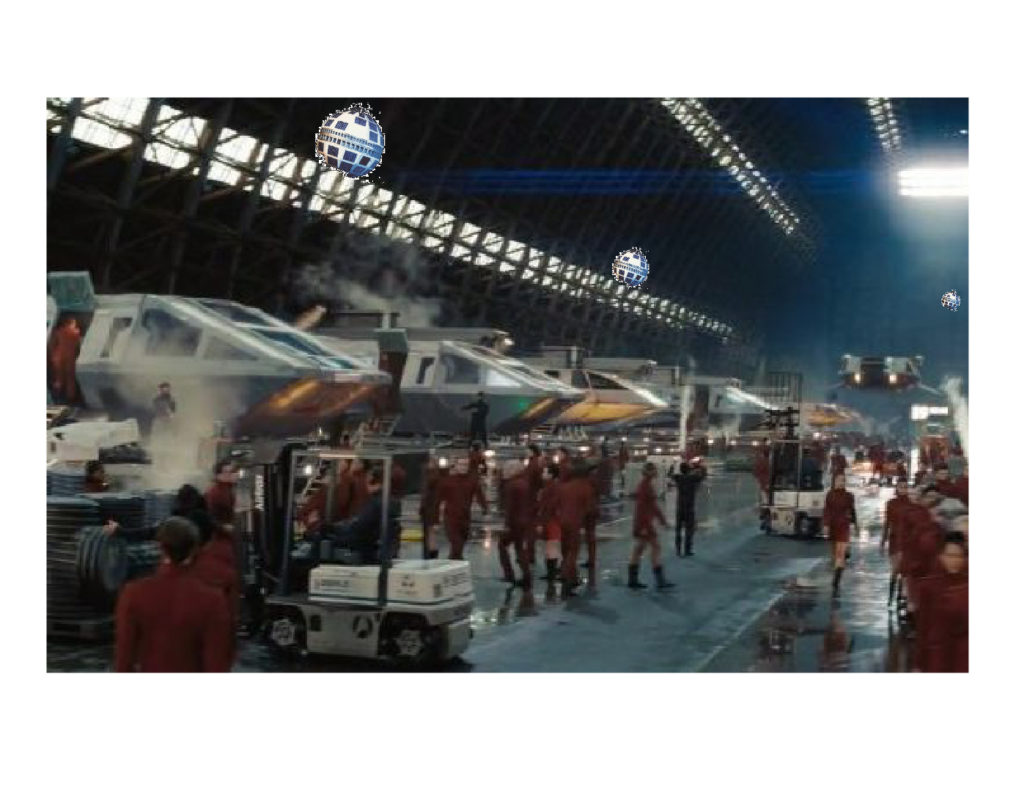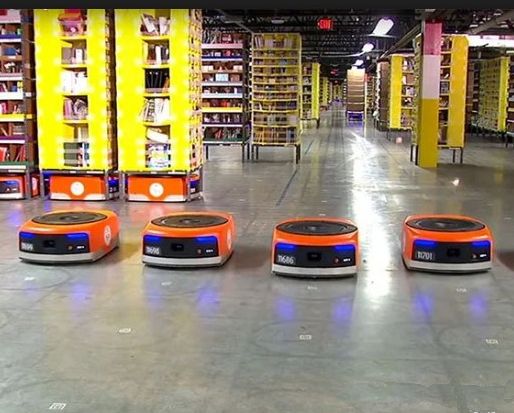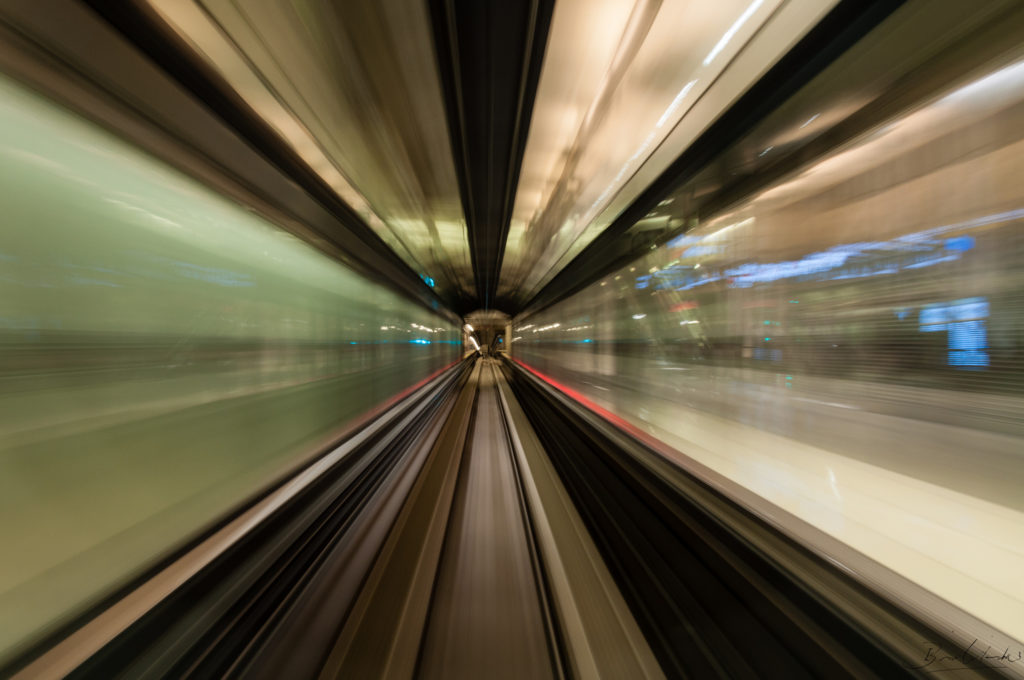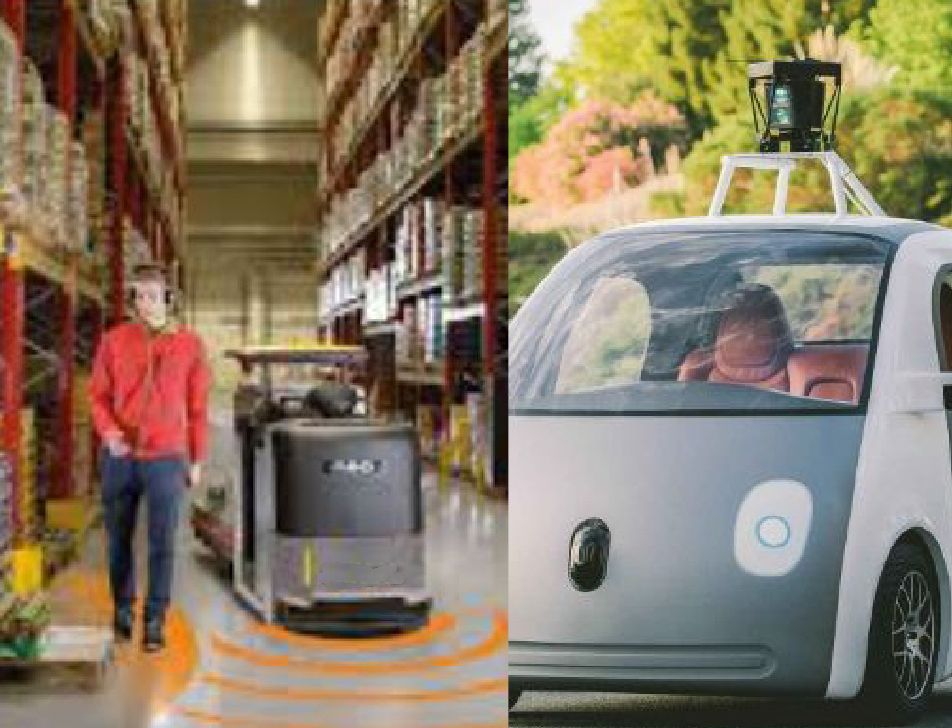href=”http://theleaninnovator.net/wp-content/uploads/2019/02/FUGindian.jpg”>
Many a boy scout campfire was spent telling the tales of the long lost indian tribe. And you may wonder how the Fugauwee got their name. It seems that they met everyone with the same greeting “We’re the Fugauwee”
In this modern era of GPS satellite positioning, it is hard to imagine wandering around not knowing where you are. This is true if you happen to be a drone flying with a clear line of sight to the GPS satellites overhead. It also works for a robot lawnmower that is tracking the programmed path for cutting the grass. Also works in agriculture where farm machinery follows preprogrammed paths through the field.
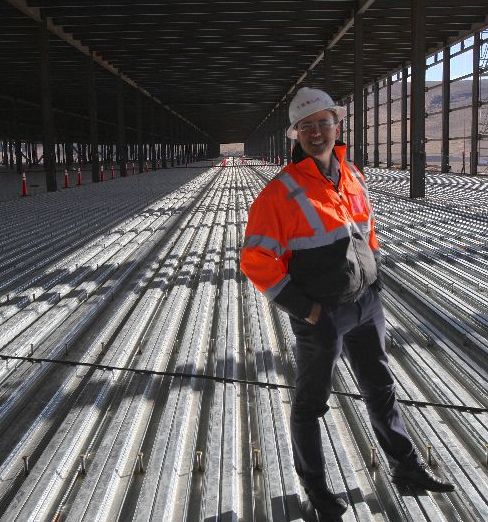
Enter the modern steel skin building. Perfect reflector of GPS signal. For those who doubt, try playing Pokemon Go inside Walmart or Kroger. This game is based on using the GPS in your cell phone to establish where you are. The GPS signal gets confused as you move away from the store entrance. Turns out that GPS is unreliable inside most steel skin buildings. This is especially true in a warehouse which is filled with steel racking that also scatters GPS signals.
I am not saying that it is impossible to use GPS inside a metal building. If you have the budgets that accompany movie production, a constellation of GPS repeaters can be installed to precision position the move cameras. A GPS repeater implementation also works for guiding other autonomous vehicles in a metal building. Unfortunately the cost of adding enough GPS repeaters to support an autonomous vehicle system in a warehouse is unattractive to the warehouse users.
We are experiencing the new solutions to the challenge of knowing precision location invented by disruptors. Kiva who was bought out by Amazon for $865 million painted a map on the floor of the warehouse. Adept, Bought out by Omron for $265 million uses the historic AGV wire in the floor for precision positioning at the stops with dead reckoning for the route in between. Other players are trying low cost reflectors instead of GPS repeaters and Vision based mapping.

Having spent some time in the hospital recently, I was watching an autonomous medicine delivery vehicle. It reminded me of the long lost Indian tribe. Whenever it got lost and encountered an obstacle in its path, it phoned home and surrendered control to the remote drivers in Pittsburg, “WHERE THE FUG AM I”

